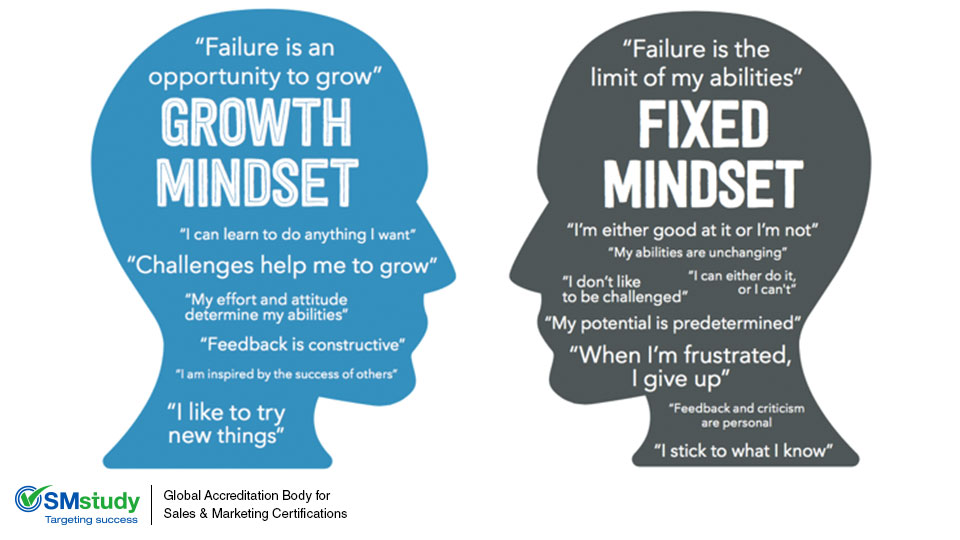It has been said that we are exiting the post-capitalism era, and we weren’t even aware of it. We can thank this monumental shift to advancements in technology. Many terms have been thrown around in regards to what sort of economy we have ventured into—such as the sharing economy or frictionless economy—but what path are we really following?
In a recent article we discussed what exactly the frictionless economy is. The frictionless economy centers around companies that provide platforms on which suppliers and buyers can do business directly. Uber, Etsy, and Fiver are just a few of the hundreds of companies that have sprung up in the last decade offering people the ability to be a “self-entrepreneur.”
According to Alex Chriss, vice president and general manager at Intuit, “What we find so exciting about this trend is it’s solving what has traditionally been the number one challenge any entrepreneur or small business owner faces: finding customers. We’ve seen millions of small businesses struggle to find their next customer – and this struggle has set a bar, a hurdle for entrepreneurs to jump over. Technology is lowering this bar.”
But what about the sharing economy? Companies such as Airbnb and City CarShare allows owners to rent out something that they are not using. This has generally been sharing a house, car, or bike, but the only constant in technology is change, so this sharing could expand to new avenues. Each sharing-economy styled company provides users with ratings or reviews, so that trust is built on both sides of the transaction.
So, which economy are we really entering? One thing that we have learned from technology is that there are no limits. So, why would we limit ourselves by believing that we are entering just one sort of new economy? It seems to be that we are entering various economies that will create branches rather than one straight path. VMEdu gives professional trainers and educators the ability to be a part of both the frictionless AND sharing economy, with its Learning Management System (LMS). The VMEdu Authorized Content Partner (V.A.C.P.) program is one of the finest adult learning platforms available. The V.A.C.P. program is for anyone looking to create online adult learning courses for any subject and in any language.
As a partner, you can create and upload your courses with the user-friendly VMEdu Course Builder. You can also run the courses on your website for free. Course materials can include videos, test questions, flashcards, glossaries, case studies and more.
Once your courses are uploaded via the VMEdu Course Builder you have the option to sell them to the VMEdu network of more than 750 Authorized Training Partners (V.A.T.P.s) in 50+ countries. Having the support of such a strong network will help you reach a larger number of potential consumers in a shorter amount of time.
The V.A.C.P platform gives you the ability to sell your own courses, do business directly with customers that have been provided for you, and be your own boss in addition to hosting your courses on your own website to share with your contacts. This program equips you for whichever future economy becomes our reality.
You can find more information on the VMEdu V.A.C.P. program at www.vmedu.com/Benefits-of-VACP.asp
.jpg)


.jpg)









